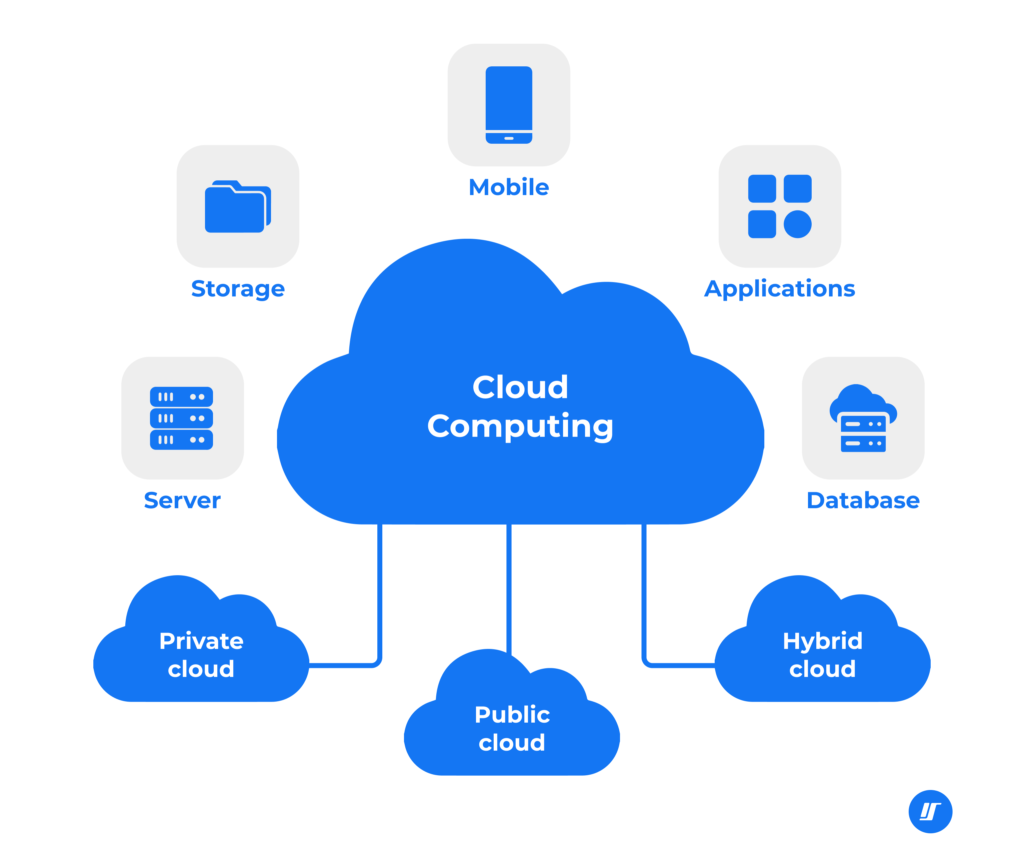Go, which is often referred to as Golang, is a programming language that was developed at Google to solve efficiency and flexibility concerns in the contemporary computing environment.
Some of the features that make it more effective include: it is easy to use, fast, and has an effective standard library especially when working on cloud-based solutions which require the intensity of performance and concurrency.
When considering the development of cloud-native applications, the expertise of skilled programmers is essential. Hire GO developers to leverage their proficiency in creating efficient, concurrent applications that are perfectly suited for the cloud environment.
Benefits of Go in Cloud Computing
- Speed and Performance
One of the standout features of Go is its impressive execution speed. It compiles directly to machine code, bypassing the need for a virtual machine, which means Go programs run at speeds comparable to C or C++. This is particularly beneficial in the cloud Service where quick processing of large volumes of requests is a priority.
- Concurrency
Go was designed with concurrency at its core, using goroutines instead of traditional threads. Goroutines are lightweight and managed by the Go runtime. It consumes less memory and resources than the normal threads. Thus, it is suitable for cloud applications where the application has to perform multiple tasks at the same time without being slowed.
- Simplicity and Maintainability
Go’s syntax is clean and straightforward, which reduces the learning curve for new developers and enhances code readability. This makes it easier for the developers to understand the code and also make modifications as this is in some way constructive.
Another advantage of modularity is the ability to quickly develop and modify a system in cloud computing because systems interacting here are intricate and constantly changing.
Go’s Ecosystem and Tools
- Rich Standard Library
Go’s standard library is extensive, offering a wide range of in-built functionalities for building networked services, handling I/O, and more. This library is thoroughly described and fine-tuned for achieving high performance, thus making the construction of cloud applications much easier.
- Powerful Tools
The Go toolset includes components such as the Go compiler, Go Get for downloading packages, and so on, and a few profiling, and Debugging tools. These tools are meant to make working with development easier and ensure applications run well in the cloud.
- Vibrant Community and Support
Go is relatively young but backed by a healthy number of developers and companies that constantly work on it and provide help. There are many communities, resources, articles, and third-party extensions available, which help developers to find relevant solutions to their problems and to get acquainted with the best practices.
Use Cases of Go in the Cloud
- Microservices
Go is particularly popular for building microservices due to its lightweight nature and support for high concurrency. It is possible for organizations to create separate services with individual roles and responsibilities, all connected by a network, which improves both the modularity and reliability of applications.
- Docker and Kubernetes
Both Docker and Kubernetes, key technologies in modern cloud infrastructure, are written in Go. This has naturally made Go a popular choice for developing applications destined for these environments, due to seamless integration and performance optimization.
Conclusion
Over the years most businesses continue to shift services to the cloud hence the need for flexible and modular solutions. Thus concurrency, Go’s performance as well as the basic and clean code that the language produces makes it an attractive language in cloud computing applications.
